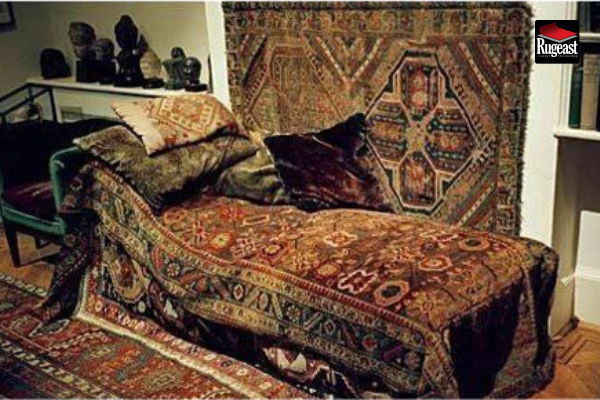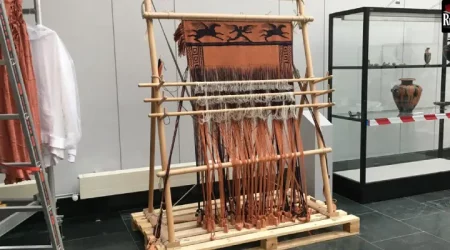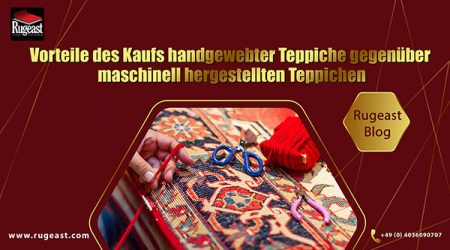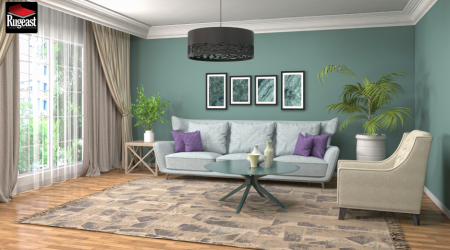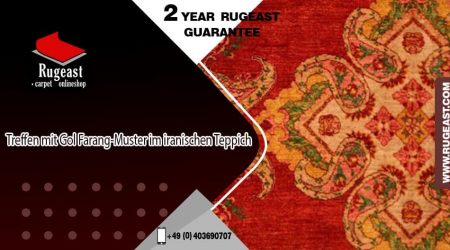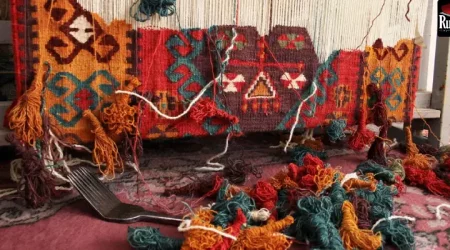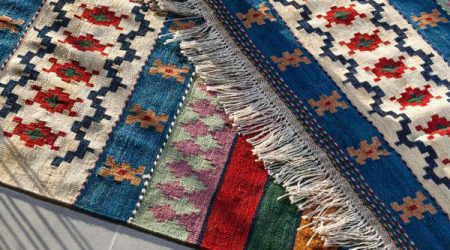What are nomadic and tribal carpets, and what are their characteristics?
1. The World of Handwoven Carpets: A Treasure of Nomadic Art and Culture
The realm of handwoven carpets is a treasure trove of artistic expression and cultural richness. Among the many traditions contributing to their diversity and beauty, nomadic cultures stand out as one of the most captivating. These nomads, who often traverse vast landscapes, weave their stories, traditions, and beliefs into intricate patterns and vibrant colors.
2. Nomadic Carpets: Storytelling Through Patterns and Colors
Nomadic handwoven carpets are remarkable creations made by skilled artisans whose craft has been passed down through generations. These carpets are crafted from natural materials such as wool, silk, and cotton, carefully selected and dyed to create unique and beautiful motifs. Each carpet is a one-of-a-kind masterpiece, narrating the culture and traditions of the people who made it. These carpets are also highly durable, capable of lasting for generations, making them a valuable investment. Moreover, they add warmth and texture to any space and can be used as both an artistic centerpiece and a functional item.
3. Natural Materials and Weaving Techniques in Nomadic Culture
Nomads rely on their environment for raw materials, such as wool from their herds of sheep, goats, or camels. Local plants are often used for dyeing the wool. This use of natural materials results in carpets that are not only durable but also environmentally sustainable.
The weaving process itself is a painstaking art. Nomadic weavers use portable horizontal looms, which can be set up wherever they temporarily settle. The carpets are woven knot by knot, row by row, with meticulous attention to detail. This slow and precise method ensures the quality and longevity of the rugs.
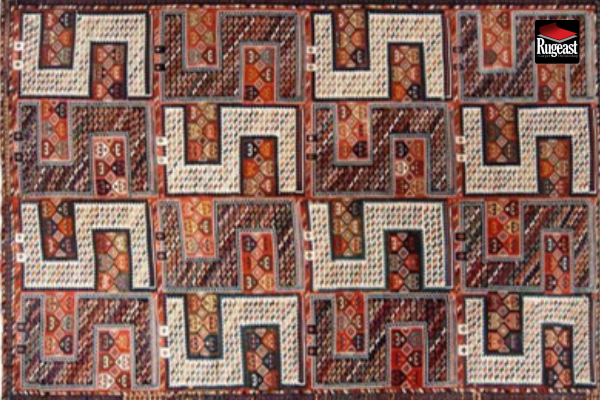
4. Symbols and Historical Patterns in Nomadic Carpets
The patterns seen in nomadic carpets are deeply rooted in the culture and beliefs of the weavers. For instance, the “A” Tamgha, often depicted as an “S” shape, symbolizes water and blessings in ancient Turkic beliefs. This symbol, with origins dating back to Sumerian and even Çatalhöyük civilizations over 10,000 years ago, represents the concept of flowing water. Such enduring motifs highlight the cultural continuity of nomadic art through millennia.
5. Modern Challenges in Nomadic Weaving Art
In the modern world, the art of nomadic carpet weaving faces significant challenges. Many nomadic communities are transitioning to settled lifestyles due to economic pressures, leading to a decline in traditional weaving practices. This shift threatens the continuation of this unique cultural heritage.
6. The Global Impact of Nomadic Carpets in History and Art
The influence of nomadic handwoven carpets is evident in global history and culture. For example, Sigmund Freud’s study, preserved exactly as it was, showcases rugs made by Iranian nomadic tribes. The walls display Caucasian rugs, the couch is adorned with Qashqai textiles, and the floor is covered with a Heriz rug, all of which emphasize the artistic significance of nomadic weaving.

